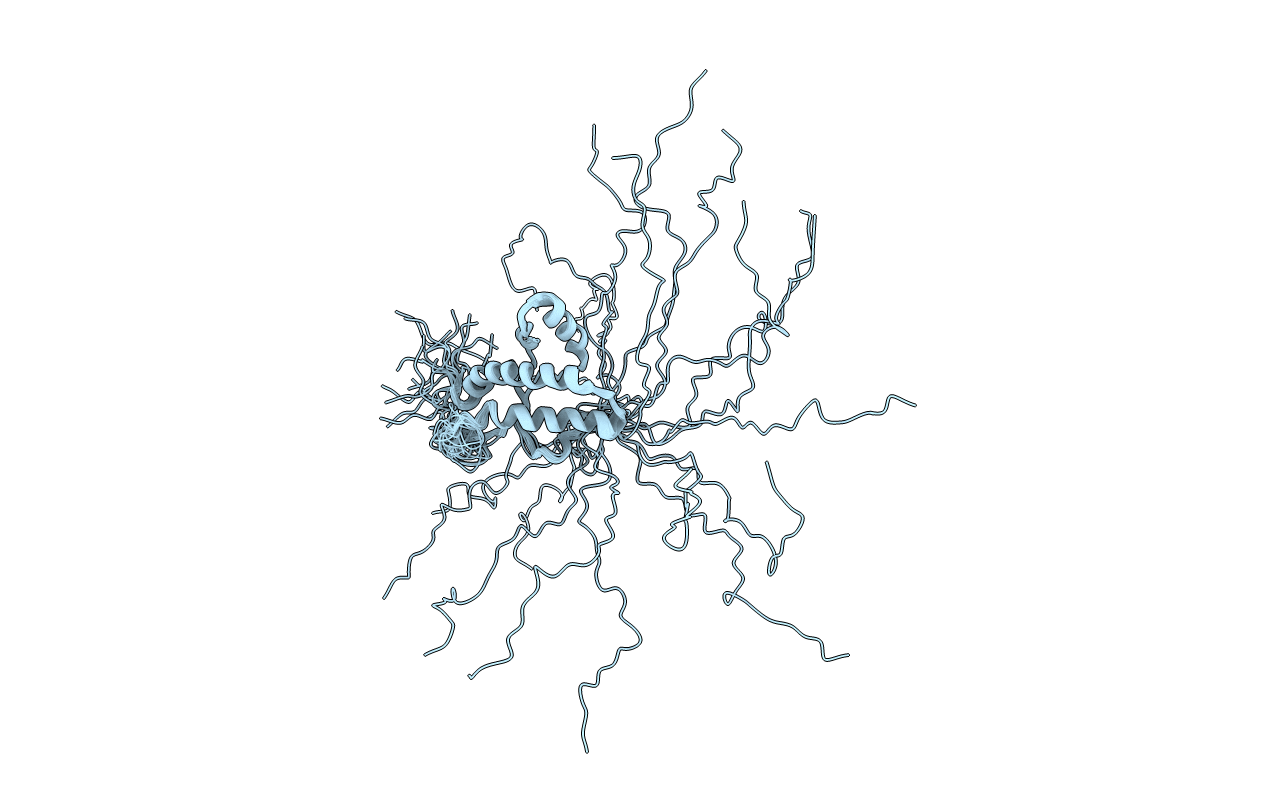
Deposition Date
2016-05-31
Release Date
2016-10-05
Last Version Date
2024-10-16
Entry Detail
PDB ID:
5L6R
Keywords:
Title:
PrP226* - Solution-state NMR structure of truncated human prion protein
Biological Source:
Source Organism:
Homo sapiens (Taxon ID: 9606)
Host Organism:
Method Details:
Experimental Method:
Conformers Submitted:
20


